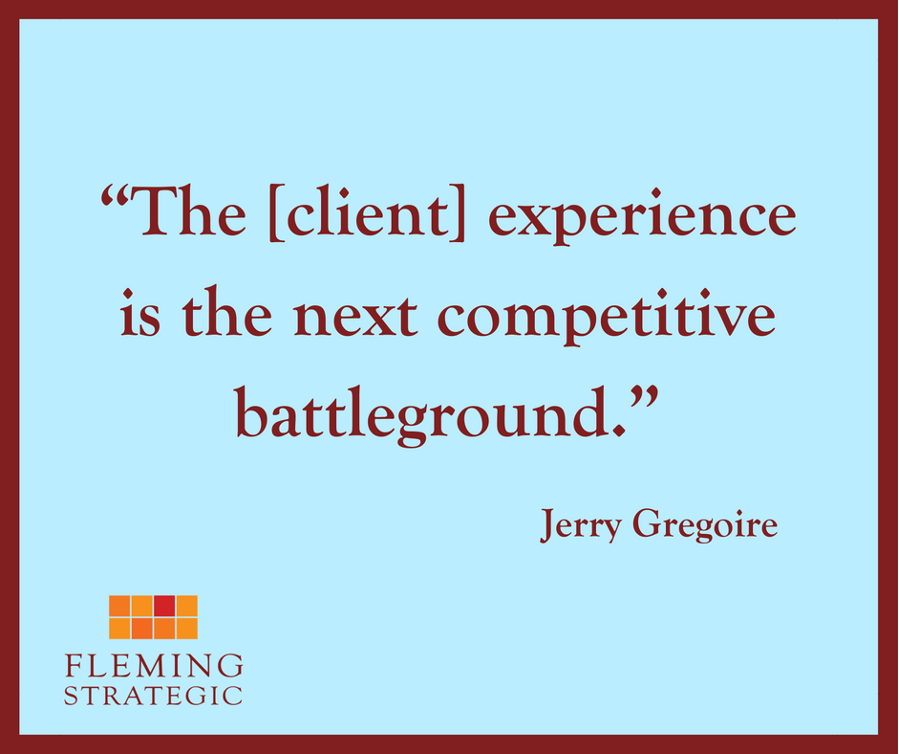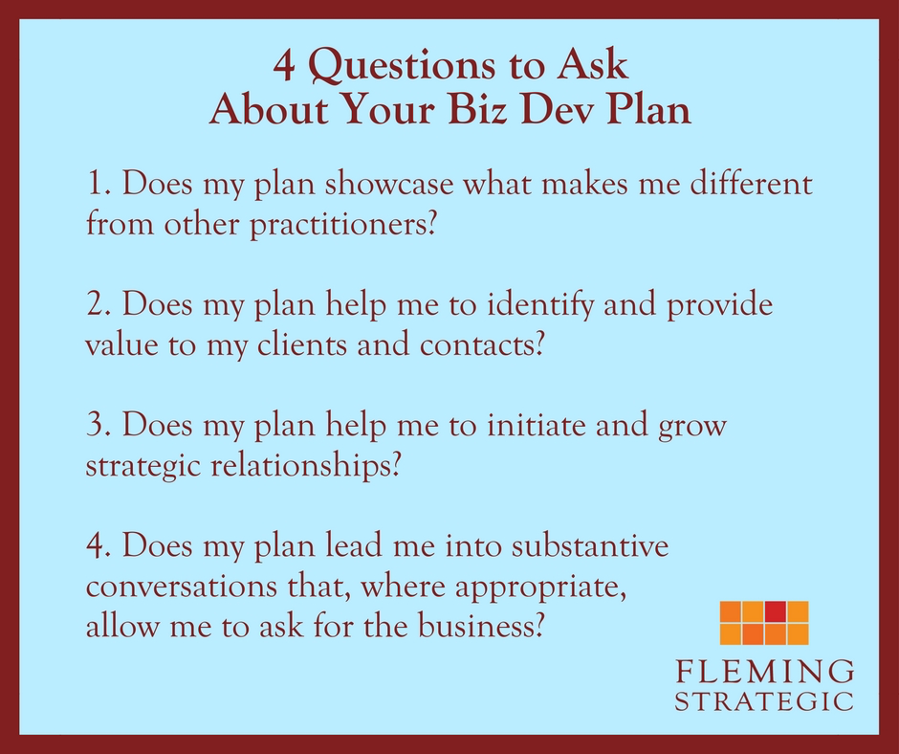Client Service Ideas That Really Work
Three keywords in building a strong practice: satisfaction, service, and value. Get these right, and chances are pretty decent that you’ll see repeat business (where feasible) and referrals. Get them wrong, and you may not like what you see.
A long-time favorite blog post 7 Good Customer Service Ideas That Work offers insight into how to get things right when it comes to the service you provide clients and ensuring that they’re satisfied with that service. My favorite points are:
- Provide an effortless experience: consider at every step how you can simplify every aspect of working with you so that it’s effortless (or as close to so as possible) for your clients. Examples might include providing checklists and clear directions to help your client gather necessary information or documents relevant to the matter you’re handling or including directions to your office and a link to Google Maps on your website. The less your client has to work with you, the better.
- Be kind! Inject small, meaningful gestures as you interact with your clients. Imagine the impression you’d make if the CEO of a snack company came to visit your office and found a refreshment station with water, coffee, fruit, and the snacks manufactured by the company. The same station would be nice for other clients as well, especially if you offered a cold bottle of water as they were leaving on a hot day. Grand gestures are not required; thoughtful ones are.
- Remember, “you don’t close a sale, you open a relationship.” In other words, “[o]nce your [client[ has come on board, make sure you really look after them.” This is, perhaps, nowhere more important than when you have introduced your client to a colleague who will be handling a new matter outside your area of practice. And if there’s one thing that the pandemic and its effects have shown us, it’s that connection matters. You don’t have to become best friends with your clients, of course, but the relationship is at the heart of all productive engagements.
The post has four other points that are worth checking out. Even more importantly, ask yourself: what can you do to improve your client service in a way that increases your clients’ satisfaction and the value they receive?



